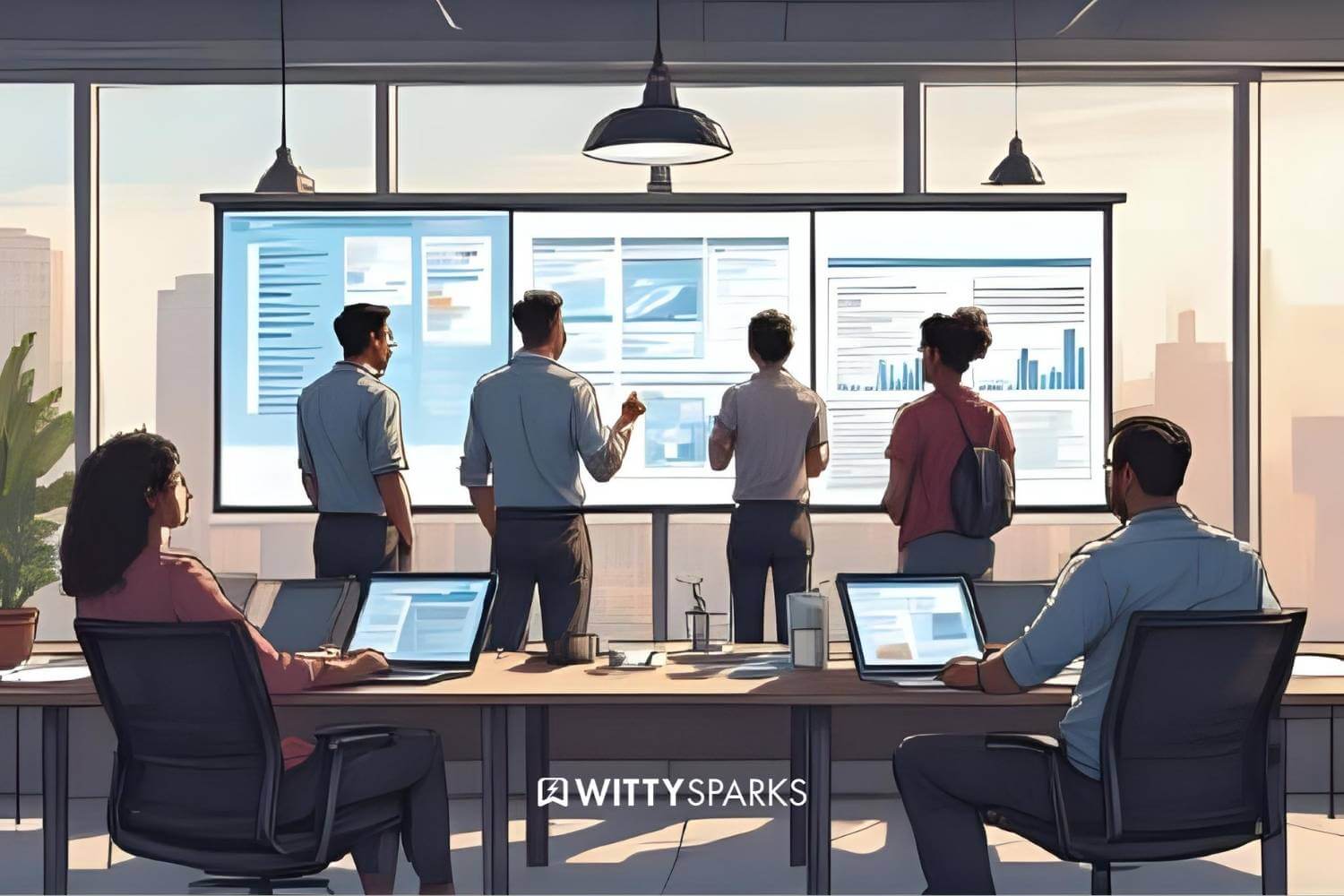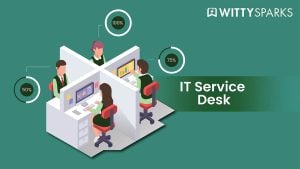Choosing the best procure to pay software is essential to companies interested in automating procurement and payments. Organizations can achieve effective sourcing, approval processes, and supplier collaboration by assessing the main features, integration, and accessibility by users.
On this page
This guide provides key steps in finding the most appropriate procure to pay software that fits particular requirements, guiding decision makers on how to maximise expenditure, curb mistakes, and achieve total visibility of the whole procure-to-pay process.
Assessing functional requirements
An organization should outline its functional requirements in detail before selecting the most appropriate procure to pay software.
The main features (the creation of requisitions, the management of purchase orders, invoice matching, and the scheduling of payments) must fit directly into the processes within the organization.
Another essential aspect is to decide whether such functions as automated approval routing, customizable dashboards, and supplier performance analytics are required.
Adding transaction volumes and the number of suppliers projections assists in choosing a solution that is adequate in capacity. Business analysts must involve stakeholders in finance, procurement, and IT teams to capture real-world use cases.
This coordinated effort will avoid the cost of overspending on features that will not be used and the cost of using a system that will not scale.
A detailed requirements document will enable the decision makers to make objective comparisons between offerings and select a solution that scales with the business.
Evaluating integration capabilities
Another key factor to consider during the process of choosing the most suitable procure to pay software is how well the software will integrate with the other enterprise systems that are in use.
Easy access to ERP, accounting, and supplier relationship management tools reduces manual data entry and shortens cycle times. A standardized S2P solution with standard APIs or pre-built connectors can save a lot of effort and expenditure to implement.
Additionally, bi-directional data flow makes the order information, invoice details, and payment status synchronous across systems. When comparing vendors, organizations must demand demos and documentation on integration procedures to ensure they can work with their technical ecosystem.
IT departments need to review security controls, data mapping needs, and error-processing procedures. Focusing on a solution that supports robust integration can help not only speed up deployment but also enable real-time visibility, giving stakeholders the right financial data at the right time.
User experience and support
Adoption rates are directly influenced by the quality of usability and vendor support of the best procure to pay software. Intuitive navigation, clear approval prompts, and built-in help materials make the interface user-friendly and promote quick onboarding and minimize training overheads.
It also provides mobile access and the ability to customize dashboards, allowing managers and buyers to approve requisitions and monitor payments anywhere.
The importance of customer success by the vendor is also a must: service-level agreements, a dedicated account management team, and responsive technical assistance are signs of a trusted partner.
During an evaluation of an S2P platform, organizations are advised to request trial access or sandbox environments to receive feedback from real users.
A survey of peer reviews and case studies can help identify typical problems and facilitate responsiveness. Putting the user experience and support at the forefront, businesses can achieve optimal efficiency of the processes and long-term satisfaction with the procurement solution.
Security and compliance standards
Data protection and compliance with regulations are not optional when it comes to implementing the right procure to pay software. The S2P platform should meet industry-standard certifications like ISO 27001, SOC 2, and GDPR, which should be verified by organizations.
Sensitive financial data is protected by robust data-at-rest and in-transit encryption protocols and multi-factor authentication. Audit trails and customizable approval hierarchy offer visibility and the ability to show accountability under internal reviews or external audits.
Moreover, companies trading in more than one jurisdiction must ensure that the software can handle tax requirements in various regions and electronic invoice requirements.
Compliance posture is further enhanced with vendor risk management capabilities, including supplier screening and performance monitoring.
Choosing a solution that has a rich suite of security and compliance features, companies can ensure risk management, financial information protection, and the ability to retain the trust of the suppliers and regulators.
Scalability and customization
The procure-to-pay solution should change as business needs change. The most valid procure to pay software has a scalable infrastructure that can manage growing transaction volumes without impairing performance.
Elastic cloud-native S2P platform architectures provide ongoing availability and access to the latest features through regular updates. Also significant is the possibility to tailor workflows, approval levels, and reporting forms to fit individual organizational specifications.
No-code or low-code configuration tools allow procurement teams to make modifications to processes without involving IT departments and speed up time to value.
When selecting, organizations must evaluate the support of multi-entities and multi-currency operations in cases of entering a new market.
Initial investment risks are reduced by a modular approach in which procurement or analytics modules can be enabled when required. By choosing a scalable and customizable platform, the procurement investment is safeguarded, and technology is aligned with strategic growth.
Cost and return on investment
When considering the optimal procure to pay software, a transparent pricing model is important. Cost of ownership: Total cost of ownership comprises subscriptions, implementation costs, integration costs, and support costs.
Organizations ought to contrast the subscription levels, usually depending on the number of transactions or users, and should determine any hidden costs, which may include fees on additional connectors or custom reports.
Formal ROI analysis, considering estimated process efficiencies, error reductions, and early-payment discounts, makes the business case clear. Payback periods can be shortened with an S2P platform that achieves a fast time to value (via preconfigured templates and guided implementation).
Case studies and vendor references assist in validating performance claims and estimated savings. Considering the cost aspect of the decision together with measurable payoffs, decision makers can justify the investment and gain the support of finance and executive stakeholders.
Conclusion
Organizations can find the most effective procure to pay software by prioritizing clarity of requirements, seamless integration, and being design-centric.
Focus on security, scalability, and cost-effectiveness will make the selected system address the existing requirements and enable further expansion.
Ongoing comparisons to these criteria will help decision makers make their way towards an S2P platform that promises some measurable cost savings, greater transparency, and long-term value.
The proper choice of best procure to pay software enables businesses to turn procurement into a strategic differentiator and prepares them for long-term success in an increasingly competitive environment.




